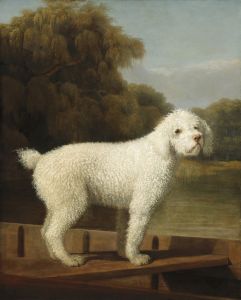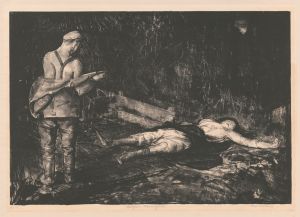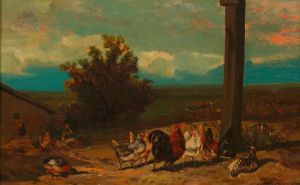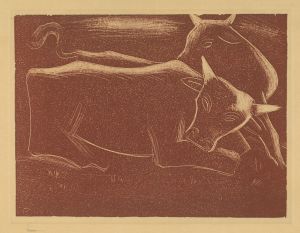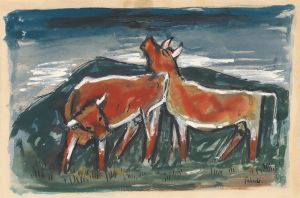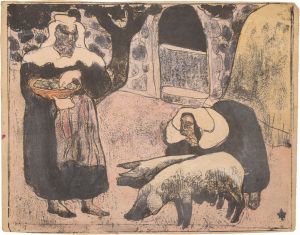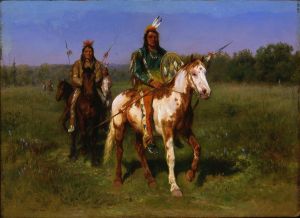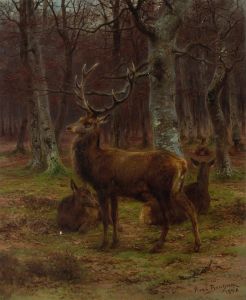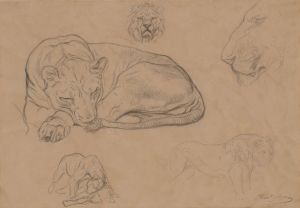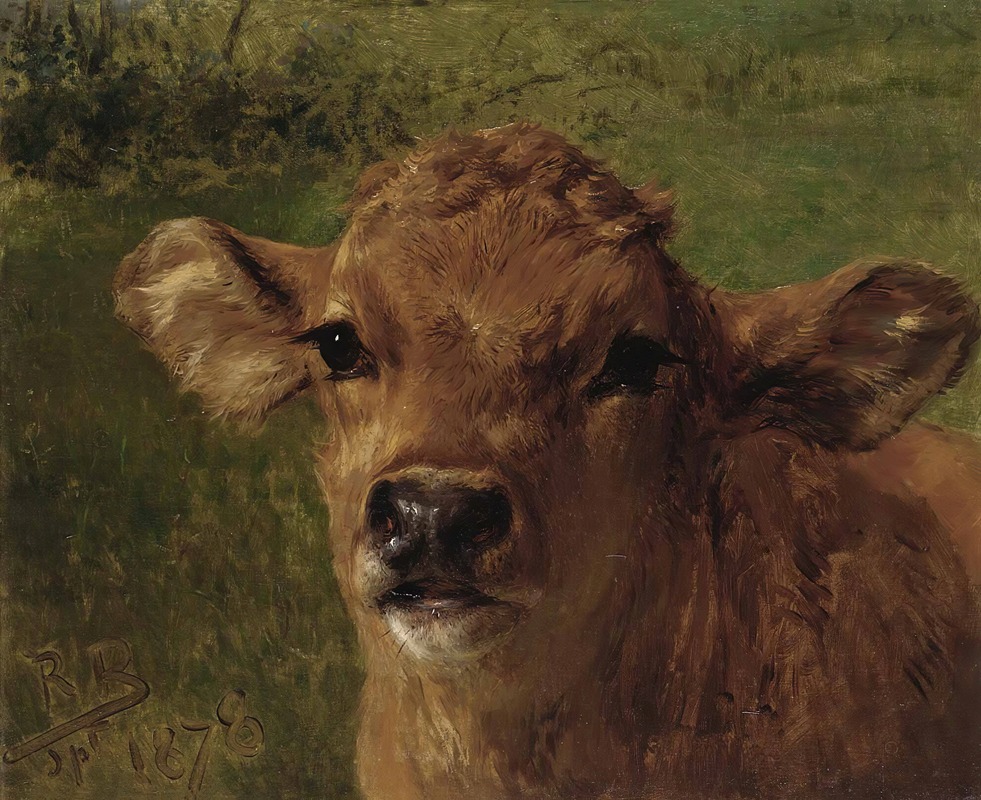
Head Of A Calf
A hand-painted replica of Rosa Bonheur’s masterpiece Head Of A Calf, meticulously crafted by professional artists to capture the true essence of the original. Each piece is created with museum-quality canvas and rare mineral pigments, carefully painted by experienced artists with delicate brushstrokes and rich, layered colors to perfectly recreate the texture of the original artwork. Unlike machine-printed reproductions, this hand-painted version brings the painting to life, infused with the artist’s emotions and skill in every stroke. Whether for personal collection or home decoration, it instantly elevates the artistic atmosphere of any space.
Rosa Bonheur, a renowned French artist of the 19th century, is celebrated for her realistic depictions of animals. Her painting "Head of a Calf" exemplifies her skill in capturing the essence and vitality of animal subjects. Bonheur was born on March 16, 1822, in Bordeaux, France, into a family of artists. Her father, Oscar-Raymond Bonheur, was a landscape and portrait painter who encouraged her artistic pursuits from a young age. Rosa Bonheur's dedication to her craft and her passion for animals led her to become one of the most successful female painters of her time.
"Head of a Calf" is a testament to Bonheur's meticulous attention to detail and her ability to convey the character and texture of her subjects. Although specific details about the creation date and current location of "Head of a Calf" are not widely documented, the painting is consistent with Bonheur's broader body of work, which often focused on rural and pastoral scenes. Her paintings are characterized by their lifelike representation and the careful study of anatomy, which she achieved through direct observation and sketching from life.
Bonheur's approach to painting was methodical and scientific. She often visited farms, slaughterhouses, and livestock markets to study her subjects in their natural environments. This dedication to realism is evident in "Head of a Calf," where the texture of the calf's fur, the gentle expression in its eyes, and the natural play of light across its features are rendered with precision and care. Bonheur's ability to capture the individuality of each animal made her work stand out in an era when animal painting was not always held in high regard.
The significance of "Head of a Calf" and similar works lies in Bonheur's contribution to the genre of animal painting and her role in challenging the gender norms of her time. As a woman artist in the 19th century, Bonheur faced significant obstacles in pursuing her career. Despite these challenges, she achieved considerable success and recognition, becoming the first woman to receive the Grand Cross of the Legion of Honour in 1865.
Bonheur's legacy extends beyond her paintings; she was a trailblazer for women in the arts, advocating for their right to professional training and recognition. Her work continues to be celebrated for its technical excellence and its empathetic portrayal of animals, reflecting a deep respect and understanding of the natural world.
In summary, "Head of a Calf" by Rosa Bonheur is a fine example of her dedication to realism and her exceptional ability to capture the essence of her animal subjects. Through her work, Bonheur not only elevated the genre of animal painting but also paved the way for future generations of women artists.





